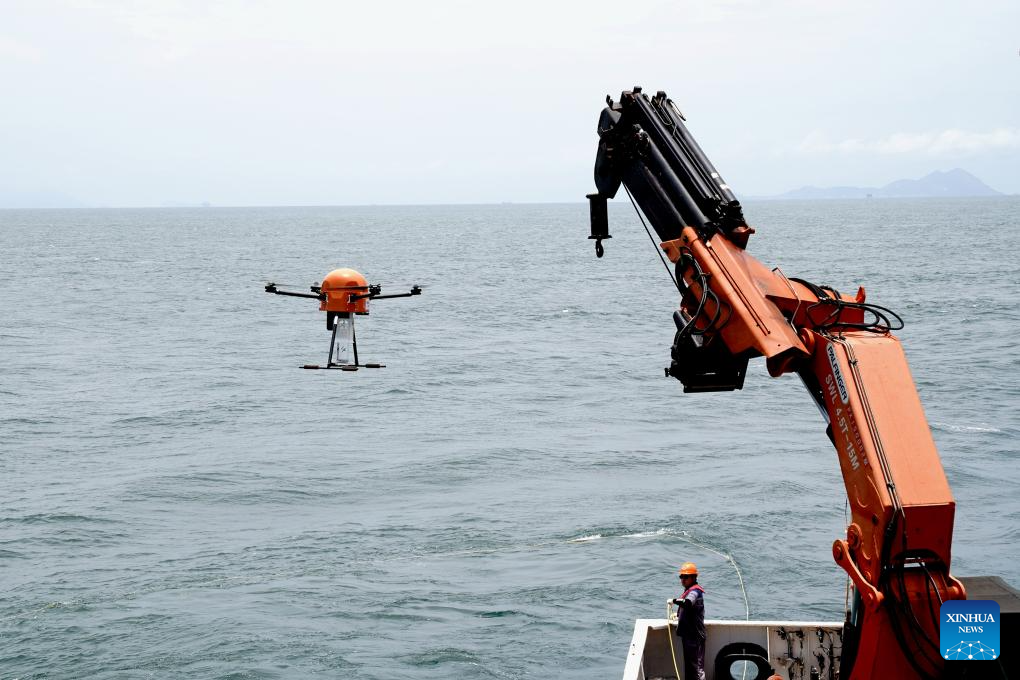TECHNOLOGY

CHINA TESTS CUTTING-EDGE DRONES AND UNMANNED VESSELS IN SOUTH CHINA SEA EXPEDITION
China is taking ocean research to a whole new level with its latest expedition in the South China Sea. In early July, scientists aboard the research ship Xiangyanghong 10 carried out a series of impressive tests using drones, unmanned boats, and underwater vehicles — all designed to explore and study the ocean without humans on board.
The mission, called the “Innovative Integrated Intelligent Systems Expedition,” was spearheaded by the Advanced Institute for Ocean Research at the Southern University of Science and Technology. It brought together top scientists, tech companies, and public science groups in a major collaborative effort.
Over several days, different types of unmanned devices were launched into the northern waters of the South China Sea.
Drones took off from the deck, some equipped with thermal imaging cameras, while others carried instruments for sampling seawater or scanning the seafloor.
Unmanned surface vessels (USVs) skimmed across the waves, gathering valuable data.
Autonomous underwater vehicles (AUVs) dove beneath the surface, exploring areas too deep or dangerous for humans.
Chief scientist Lin Jian, who also serves as dean of the Advanced Institute for Ocean Research, personally supervised the operations on board. According to the team, the mission was not just about collecting data — it was also a live test of how these smart, interconnected devices could work together in real time.
The goal? To build more advanced systems that can carry out complex marine research missions with minimal human intervention.
As the world looks for better ways to understand and protect our oceans, China’s push into intelligent, unmanned exploration could set new benchmarks for marine science — and possibly change the way we explore the deep blue forever.
"This represents a significant development in our ongoing coverage of current events."— Editorial Board









